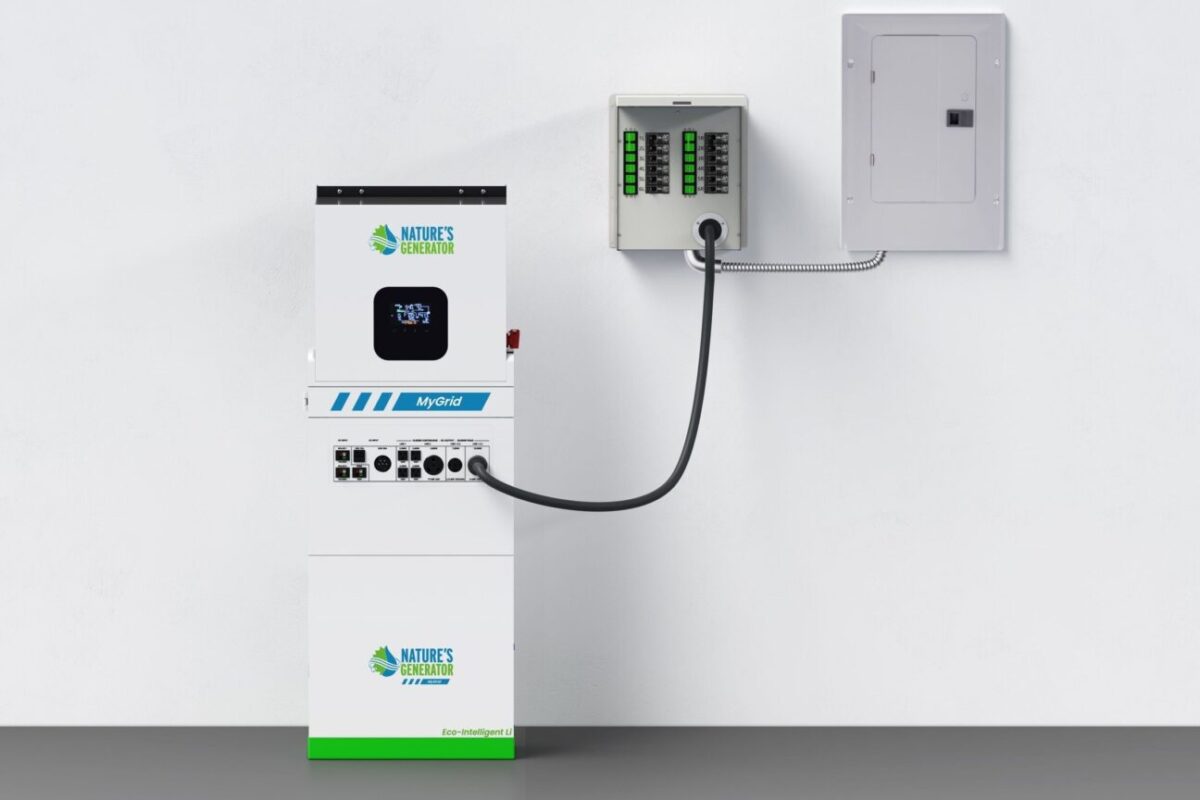From pv magazine India
Ratings agency ICRA expects India to add 16.1GW of renewable energy generation capacity in the next fiscal year. The analysts told pv magazine clean energy capacity additions in 2022-23 will be driven by solar, with 12.5GW coming from PV projects. Wind projects are expected to contribute 2.2GW and hybrid plants 1.4GW.
ICRA analysts attribute the strong outlook for renewables to a pipeline of more than 55GW of announced projects, close to 40GW of which are solar plants with the balance made up from wind and solar-wind hybrid facilities. The competitive energy price tariffs offered by renewables are another reason for the expected boom in new capacity.
Solar and sustainability
The commitment to climate change goals announced by Narendra Modi at the recent COP26 summit has further strengthened the investment prospects for renewables, according to Gurgaon-based ICRA.
Prime Minister Modi announced India’s pledge to increase non-fossil fuel energy capacity to 500GW by 2030 at the climate change summit in Glasgow. The government also wants to increase renewable energy’s share in the power generation mix to half the total this decade.
Girishkumar Kadam, senior vice president and co-group head for corporate ratings at ICRA, said: “The backlog of the projects awarded by the central nodal agencies and state distribution utilities remains large with, under-development solar, wind, and hybrid capacities of more than 55GW. [Based on] this pipeline, ICRA expects the RE [renewable energy] capacity addition to increase from [the] 7.4GW reported in FY2021 [fiscal year 2020-21] to 12.5GW in FY2022, and further to 16GW in FY2023.”
The progress shown by state body the Solar Energy Corporation of India in signing power sale and power purchase agreements in the last six months also supports new renewables capacity additions, according to Kadam. He added, the ability of developers to secure solar modules within budget and a cost of debt funding of less than 8.5% remained important to make new clean power projects viable.
Challenges
Headwinds in the execution of projects and supply chain challenges in procuring modules and wind turbine generators pose near-term risks for renewables developers. Moreover, the average price of imported, mono PERC solar modules has increased by more than 35% over the past 12 months, putting upward pressure on PV project capital costs. Notwithstanding the recent hike in goods and services tax for solar power equipment in India, however, the solar electricity tariffs set by developers continue to remain highly competitive, as seen in a December bid of INR2.17/kWh ($0.029) highlighted by the ratings agency.
ICRA has estimated India would require up to $500 billion of investment to meet the renewables capacity targets announced by the prime minister at COP26 in November and Vikram V, vice president and sector head for corporate ratings at ICRA said: “The investment requirement for achieving the non-fossil [-fuel] capacity target of 500GW by FY2030 remains large, at close to $300 billion. This apart, investments would be required in augmenting the transmission infrastructure to integrate the renewable power with the electricity grid as well as investments to create storage infrastructure. ICRA expects the investments towards transmission infrastructure and storage capabilities to be about $150-200 billion over the next 8.5 years, taking the overall investment requirement to $450-500 billion. The availability of adequate funding avenues at cost-competitive rates remains critical to achieving these capacity targets.”
This content is protected by copyright and may not be reused. If you want to cooperate with us and would like to reuse some of our content, please contact: editors@pv-magazine.com.




I guess 12.5GW solar is for FY 2021 (2021-2022)